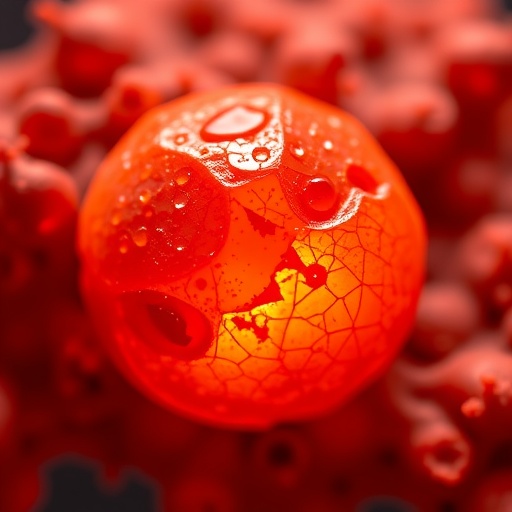Amphibian populations around the world are declining due to a skin disease caused by fungus. However, an amphibian commonly found in Louisiana, the three-toed amphiuma, has shown a resistance to the fungus, in a new study led by researchers at LSU, Southeastern Louisiana University, Duquesne University and the University of Washington. The study was published in the Journal of Experimental Biology.
Amphibian skin is unique among vertebrates because it contains a large number of glands that produce and secrete substances that vary among species and functions. The secretions of amphibian skin glands contain a rich array of bioactive compounds including antimicrobial compounds. Such compounds are important for amphibian innate immune responses and may protect some species from the fungal disease affecting amphibians worldwide called chytridiomycosis. The scientists found compounds that inhibited the growth of two fungal pathogens in the three-toed amphiumas.
LSU Department of Chemistry Professor John A. Pojman participated in the study by providing live and preserved three-toed amphiumas.
"Although amphiumas, commonly called 'ditch eels,' are common throughout Baton Rouge, they are secretive and rarely observed. I've learned over the years of locations at which they can be captured year-round," Pojman said.
The three-toed amphiuma is the second largest salamander in the world. It can grow to 3 feet in length and weigh more than 7 pounds.
###
Media Contact
Alison Satake
[email protected]
225-578-3870
@LSUResearchNews
http://www.lsu.edu
https://www.lsu.edu/mediacenter/news/2018/10/09chem_pojman_jeb.php
Related Journal Article
http://dx.doi.org/10.1242/jeb.183707




